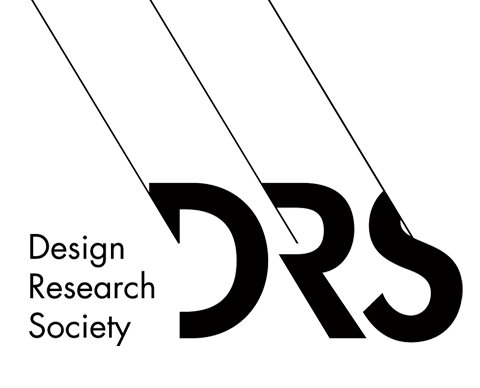Abstract
Distributed hydrogen infrastructures have emerged as a complementary element in the quest for sustainable energy solutions, with potential applications in regions featuring high industrial demands and spatially resolved negative residual loads. These infrastructures can contribute to the decarbonization of electricity, heating, and transport sectors while enhancing local renewable energy consumption and supporting energy storage and demand-side management. However, their development presents unique design challenges, calling for a comprehensive understanding of stakeholder roles and relationships in the evolving ecosystem. This study examines stakeholder network dynamics within the distributed hydrogen ecosystem, focusing on the Netherlands' built environments. Through the analysis of 16 case studies, we employ Social Network Analysis (SNA) to identify and analyse stakeholder network involved in the early design and implementation of distributed hydrogen infrastructures. Our findings highlight emerging roles and interests due to the rise of such infrastructures, emphasizing the need for adaptable stakeholder relations. Design plays a critical role in this context, enabling stakeholders to navigate challenges, innovate, and foster collaboration. The paper explores stakeholder categories, providing insights into their interactions and coordination strategies. Ultimately, our study offers valuable guidance to practitioners and policymakers, promoting stakeholder collaboration for successful distributed hydrogen infrastructure deployment in pursuit of a sustainable, low-carbon energy future.
Keywords
distributed hydrogen infrastructure; stakeholder network analysis; social network analysis; participatory design
DOI
https://doi.org/10.21606/iasdr.2023.511
Citation
Hasankhani, M., van Engelen, J., Celik, S.,and Carel Diehl, J.(2023) Emerging decentralized infrastructure networks, in De Sainz Molestina, D., Galluzzo, L., Rizzo, F., Spallazzo, D. (eds.), IASDR 2023: Life-Changing Design, 9-13 October, Milan, Italy. https://doi.org/10.21606/iasdr.2023.511
Creative Commons License

This work is licensed under a Creative Commons Attribution-NonCommercial 4.0 International License
Conference Track
fullpapers
Included in
Emerging decentralized infrastructure networks
Distributed hydrogen infrastructures have emerged as a complementary element in the quest for sustainable energy solutions, with potential applications in regions featuring high industrial demands and spatially resolved negative residual loads. These infrastructures can contribute to the decarbonization of electricity, heating, and transport sectors while enhancing local renewable energy consumption and supporting energy storage and demand-side management. However, their development presents unique design challenges, calling for a comprehensive understanding of stakeholder roles and relationships in the evolving ecosystem. This study examines stakeholder network dynamics within the distributed hydrogen ecosystem, focusing on the Netherlands' built environments. Through the analysis of 16 case studies, we employ Social Network Analysis (SNA) to identify and analyse stakeholder network involved in the early design and implementation of distributed hydrogen infrastructures. Our findings highlight emerging roles and interests due to the rise of such infrastructures, emphasizing the need for adaptable stakeholder relations. Design plays a critical role in this context, enabling stakeholders to navigate challenges, innovate, and foster collaboration. The paper explores stakeholder categories, providing insights into their interactions and coordination strategies. Ultimately, our study offers valuable guidance to practitioners and policymakers, promoting stakeholder collaboration for successful distributed hydrogen infrastructure deployment in pursuit of a sustainable, low-carbon energy future.

